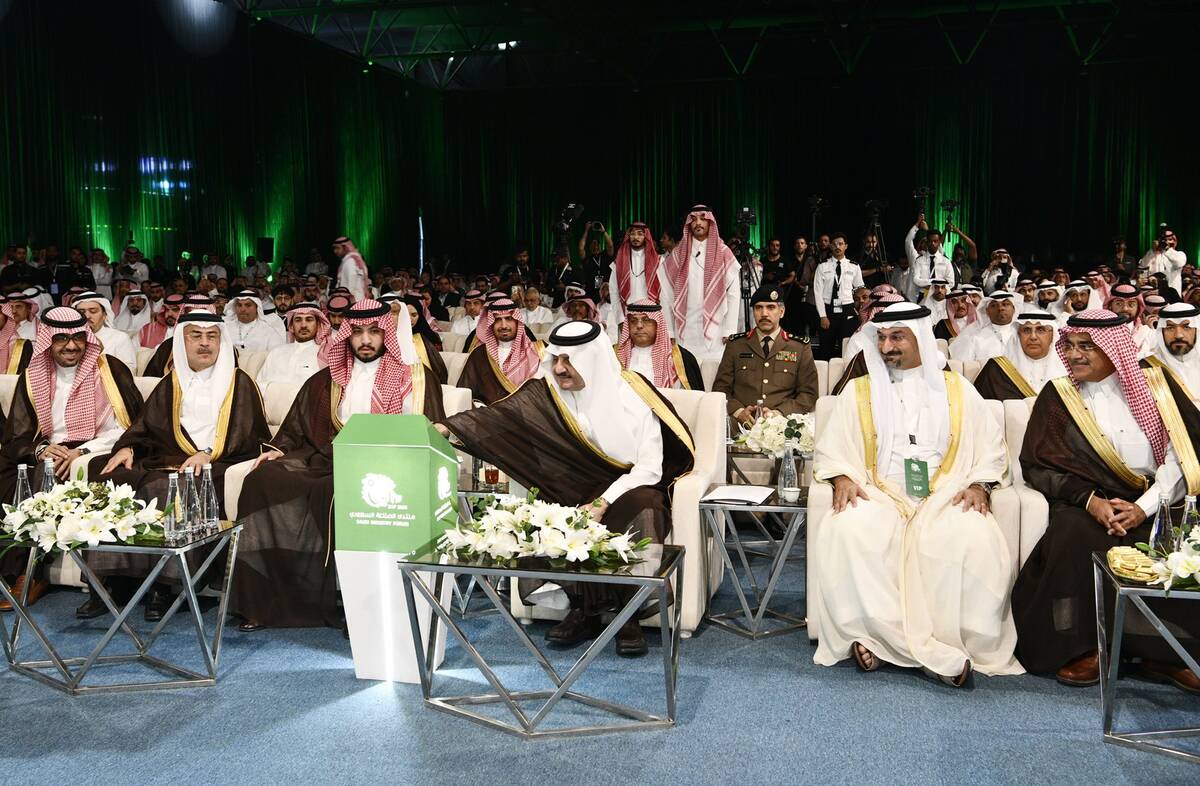LONDON: Global fossil fuel consumption and energy emissions hit all-time highs in 2023, even as fossil fuels’ share of the global energy mix decreased slightly on the year, the industry’s Statistical Review of World Energy report said on Thursday, according to Reuters.
Growing demand for fossil fuel despite the scaling up of renewables could be a sticking point for the transition to lower carbon energy as global temperature increases reach 1.5 degrees Celsius, the threshold beyond which scientists say impacts such as temperature rise, drought and flooding will become more extreme.
“We hope that this report will help governments, world leaders and analysts move forward, clear-eyed about the challenge that lies ahead,” Romain Debarre of consultancy Kearney said.
Last year was the first full year of rerouted Russian energy flows away from the West following Moscow’s invasion of Ukraine in 2022, and also the first full year without major movement restrictions linked to the COVID-19 pandemic.
Overall global primary energy consumption hit an all-time high of 620 Exajoules, the report said, as emissions exceeded 40 gigatons of CO2 for the first time.
“In a year where we have seen the contribution of renewables reaching a new record high, ever increasing global energy demand means the share coming from fossil fuels has remained virtually unchanged,” Simon Virley of consultancy KPMG said.
The report recorded shifting trends in fossil fuel use in different regions. In Europe, for example, the fossil fuel share of energy fell below 70 percent for the first time since the industrial revolution.
“In advanced economies, we observe signs of demand for fossil fuels peaking, contrasting with economies in the Global South for whom economic development and improvements in quality of life continue to drive fossil growth,” Energy Institute Chief Executive Nick Wayth said.
Industry body the Energy Institute, together with consultancies KPMG and Kearney, has published the annual report since 2023. They took over from BP last year, which had authored the report, a benchmark for energy professionals, since the 1950s.
Fossil fuel accounted for almost all demand growth in India in 2023, the report said, while in China fossil fuel use rose 6 percent to a new high.
But China also accounted for over half of global additions in renewable energy generation last year.
“China adding more renewables than the rest of the world put together is remarkable,” KPMG’s Virley told reporters.
Report Highlights
Consumption
- Global primary energy demand rose by 2 percent in 2023 from 2022, to 620 EJ.
- Fossil fuel use rose 1.5 percent to 505 EJ, which accounted for 81.5 percent of the overall energy mix, down by 0.5 percent from 2022.
- Fossil fuel use did not increase in a single European country in 2023.
- Electricity generation rose by 2.5 percent in 2023, up slightly from 2.3 percent of growth the previous year.
- Renewable fuel generation – excluding hydro – gained 13 percent to a new record high of 4,748 terawatt-hours.
- Renewables’ share of the overall energy mix excluding hydro was 8 percent, up from 7.5 percent in the 2022 report.
- Including hydro renewables accounted for 15 percent of the global mix.
Oil
- Oil consumption exceeded 100 million bpd in 2023 for the first time ever, following a 2 percent year-on-year rise.
- Oil supply growth was met by non-OPEC+ producers, with US output gaining 9 percent on the year.
- China overtook the US as the country with the largest refining capacity in the world last year at 18.5 million bpd, though refining volumes still lagged behind at 82 percent utilization vs the US’ 87 percent.
- Global gasoline consumption hit 25 million bpd last year, just above its 2019 pre-pandemic level.
- Biofuels production increased by 8 percent to 2.1 million bpd in 2023, driven by gains in the US and Brazil.
- The US, Brazil, and Europe accounted for 80 percent of global biofuels consumption.
Natural Gas
- Global gas production and consumption remained relatively flat on the year in 2023.
- LNG supply rose by almost 2 percent to 549 billion cubic meters (bcm).
- The US overtook Qatar as the leading global supplier of LNG after a 10 percent rise in production.
- Overall European gas demand was down 7 percent on the year in 2023.
- Russia’s share of European gas supply was just 15 percent in 2023, from 45 percent in 2021.
Coal
- Coal consumption hit a new high of 164 EJ in 2023, up 1.6 percent on the year, driven by China and India.
- India’s coal consumption exceeded that of Europe and North America combined.
- US coal consumption fell by 17 percent in 2023 and has halved in the last decade.
Renewables
- The record high in renewable generation was driven by higher wind and solar capacity, with 67 percent more additions in those two categories in 2023 than 2022.
- As much as 74 percent of net growth in overall power generation came from renewables.
- China accounted for 55 percent of all renewable generation additions in 2023, and was responsible for 63 percent of new global wind and solar capacity.
Emissions
- Emissions grew by 2 percent on the year to exceed 40 gigatons.
- Emissions rose despite the slight drop in fossil fuels’ share of the energy mix, because emissions within the fossil fuels category became more intense as oil and coal use rose and gas held steady.
- The report notes that since 2000, emissions from energy have increased by 50 percent.































